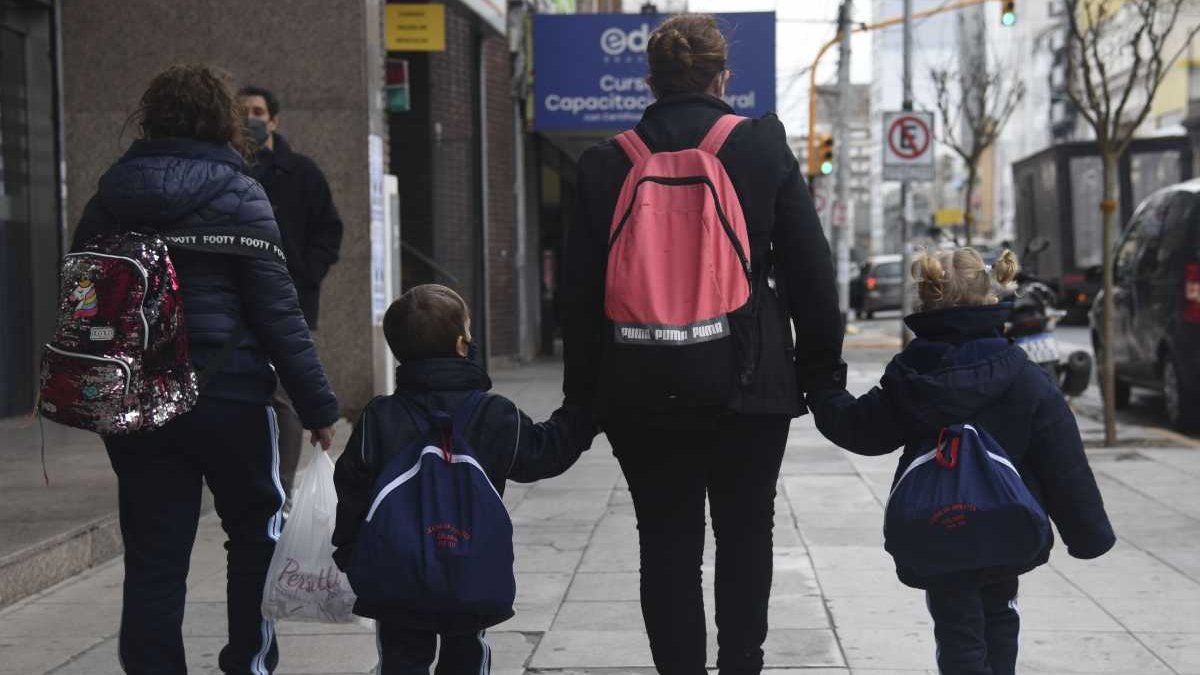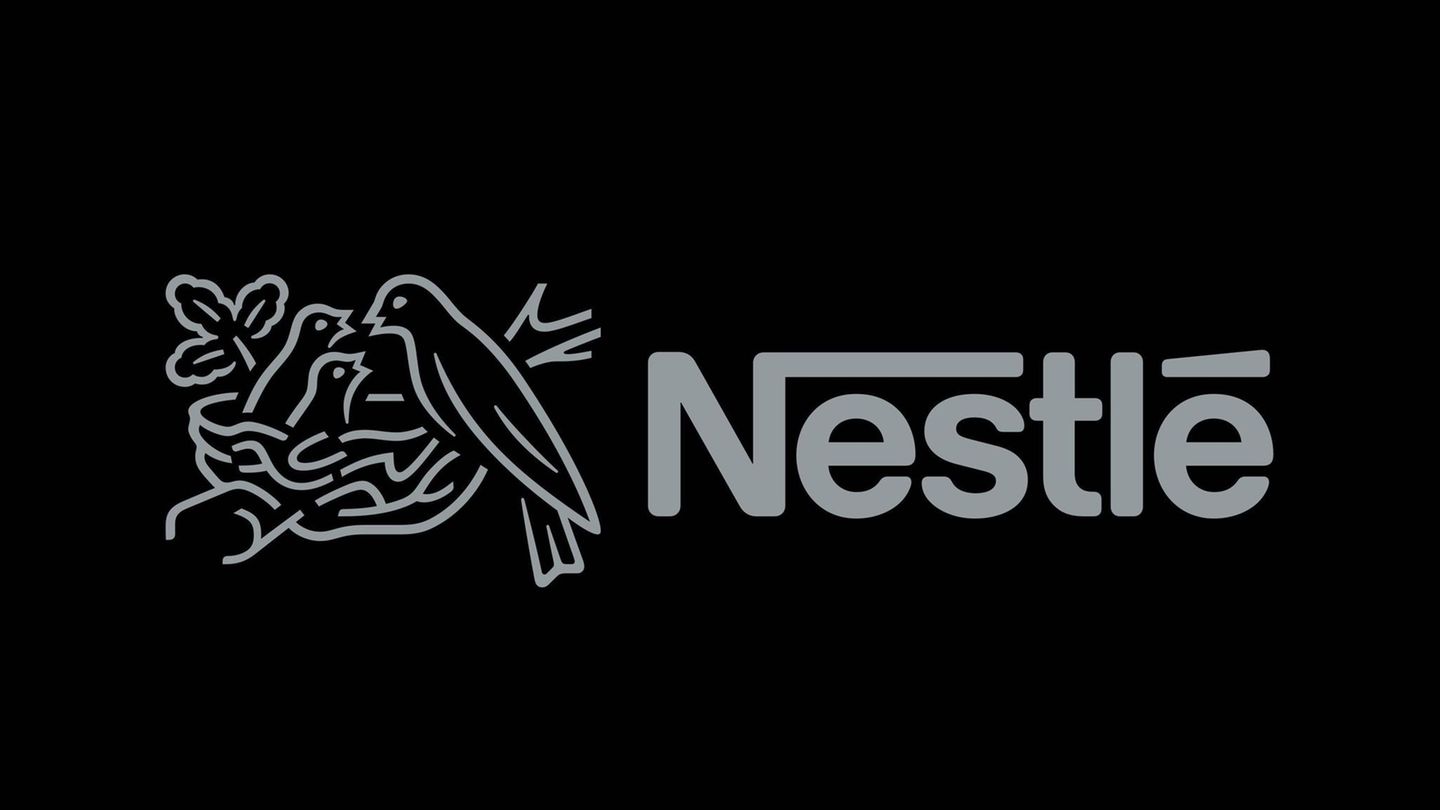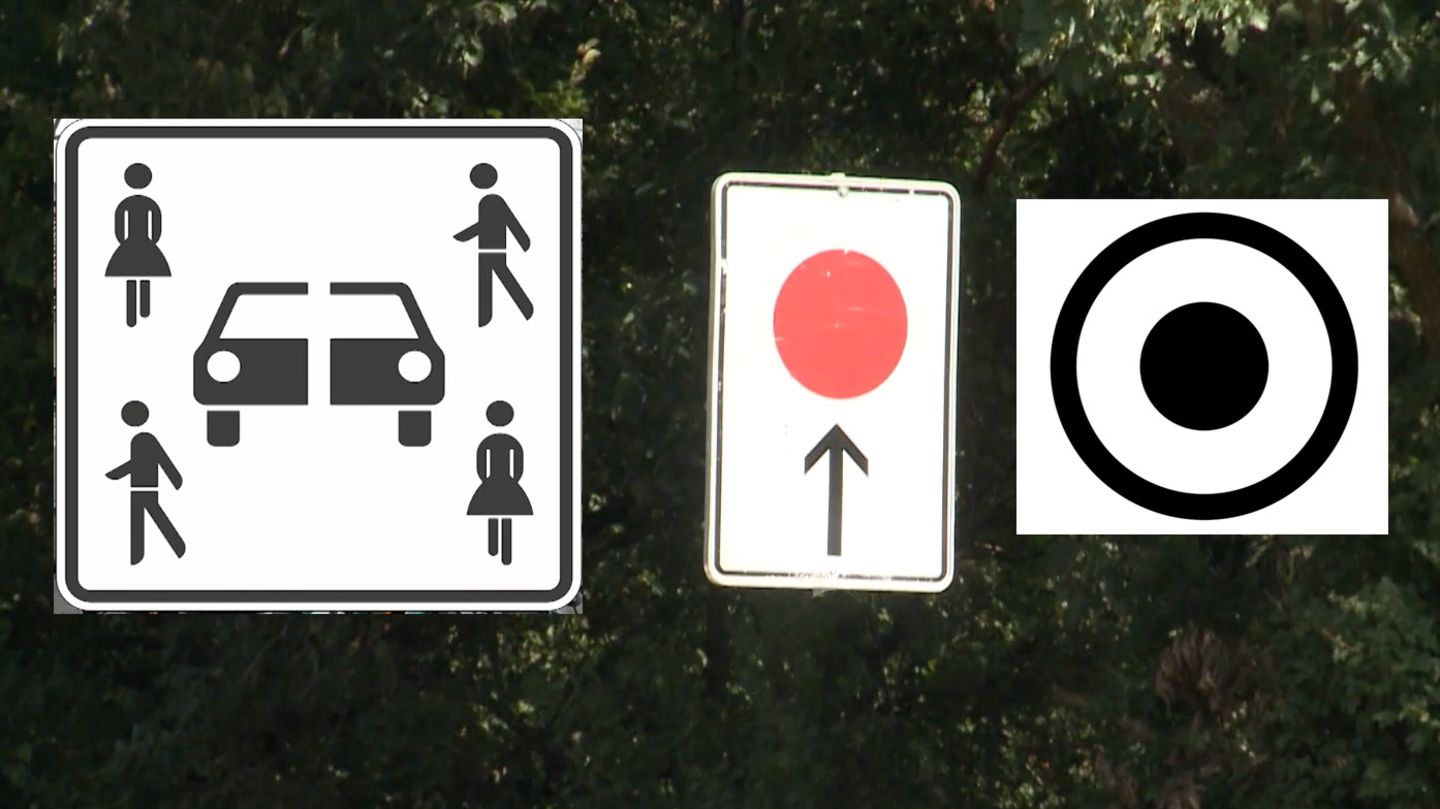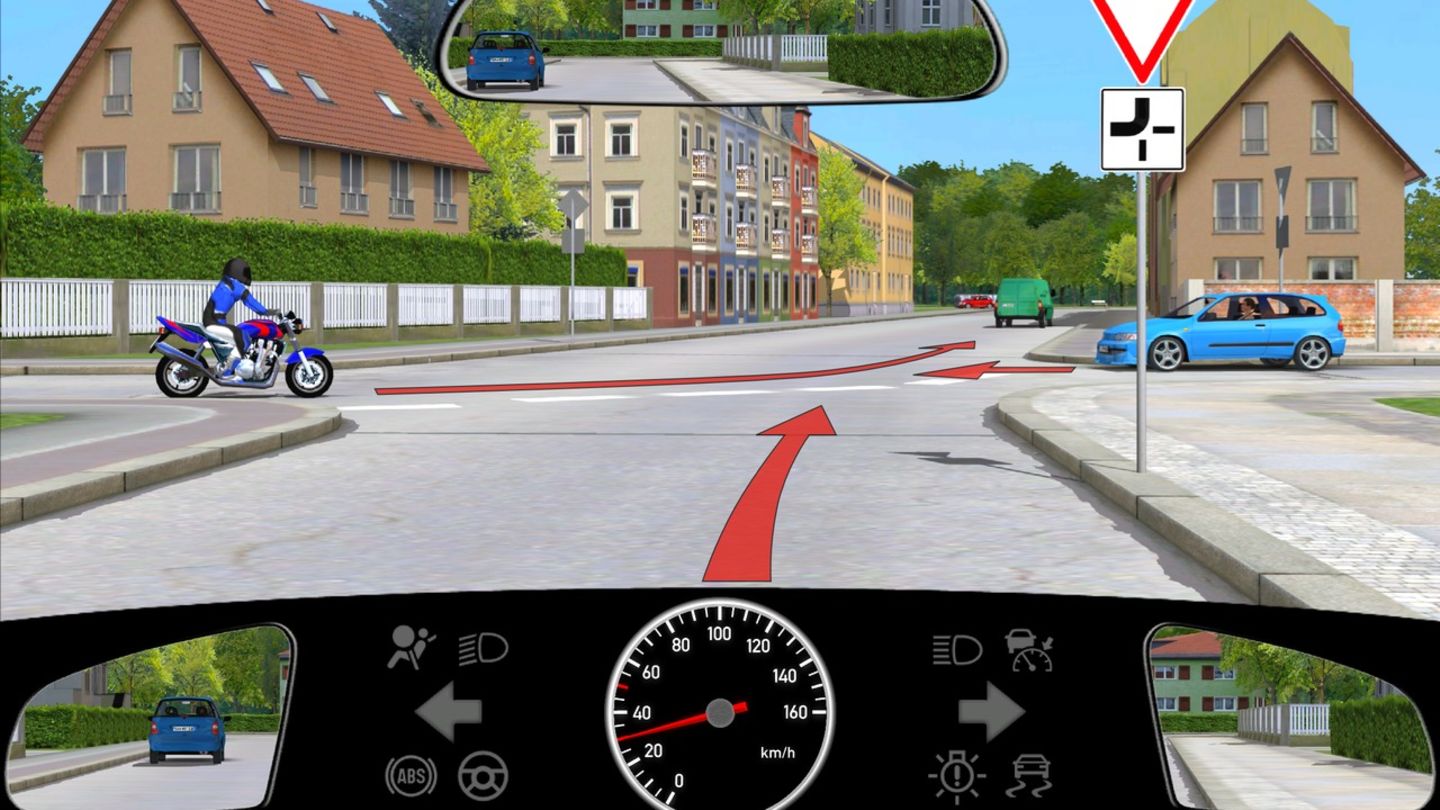The private schools with state subsidy from the City and province of Buenos Aires They end the year by applying a raise that reaches 4.95% and 3.8%, respectively, and announce for March the first increase of 2025, which will scale up to 6% in both jurisdictions.
The increases in fees for privately managed educational institutions were authorized by the government administrations of both districts and communicated by the Association of Private Education Institutes of Buenos Aires (Aiepba).
Private schools in CABA and PBA apply the last increase of the year
The adjustments in the tariff table reach 5,200 establishments which bring together more than one and a half million students at different educational levels, and respond to increases in salary costs, within the framework of the respective sector partnerships, plus the increase in the cost of public services.
In this regard, the executive secretary of Aiepba, Martín Zurita, He maintained that “these increases accompany the increases set by the authorities within the framework of the joint agreements of the teachers and professors who work in our institutes.”
In the case of schools located in the Buenos Aires territory, the last increase of the year (3.8%) completes the bimonthly increase scheme authorized for November and December that added an update in fees of 7.4%. In this way, the quotas close 2024 with a cumulative increase of 73.34%.
On the side of Buenos Aires institutions, the rise in 4.5% in the last month of the year generates that in the accumulated of the current school year there is an increase in the fees of the 81.25%. In relation to the value at which they were located at the end of last year, the increase reaches 136.30%.
The new values of fees in December in private schools
With the update, the Buenos Aires initial and primary schools, which have a 40% state contribution, They will be able to collect up to $106,040 in December. While those that have 100% of the subsidy can collect up to $23,480 in the last month of the year.
In the case of secondary school province of Buenos Airesthe tariff ceiling is $137,780 next month, for institutions that have 40% state subsidy, and $25,880 in December for those who have 100% state aid.
While technical, agricultural and specialized secondary schools in art may charge up to $29,830 in December if they have the highest percentage of state assistance, while if they receive the least possible aid the values may reach up to $157,680 in the next month.
In the City, for their part, kindergartens and primary schools will be able to charge $31,901 to $143,825according to the state subsidy that goes from 100% to 40%. The secondary schools, meanwhile, will cost between $34,298 and $213,947, and the techniques will go between $39,504 and $213,947. While full-day schools may apply up to 25% more on that amount.
The new values of the installments in March 2025
In March, the fees of Buenos Aires initial and primary level establishments with 100% state contribution they will be $24,880 and $112,400 for those who have 40%. In the case of secondary schools, fees vary between $27,430 and $146,040according to the grant. While in technical, agricultural and specialized art schools the fees will vary $31,610 to $167,140. While at the top level, the values will be from $35,830 to $142,650.
In the Buenos Aires area, Starting in the third month of 2025, the initial and primary level fees will range from $32,957 to $152,454depending on the state subsidy they have, while in middle schools The tariffs will range from $36,356 to $198,135 and in the technical ones the new values will rise from $41,874 to $226,784.
Source: Ambito
I am a 24-year-old writer and journalist who has been working in the news industry for the past two years. I write primarily about market news, so if you’re looking for insights into what’s going on in the stock market or economic indicators, you’ve come to the right place. I also dabble in writing articles on lifestyle trends and pop culture news.




